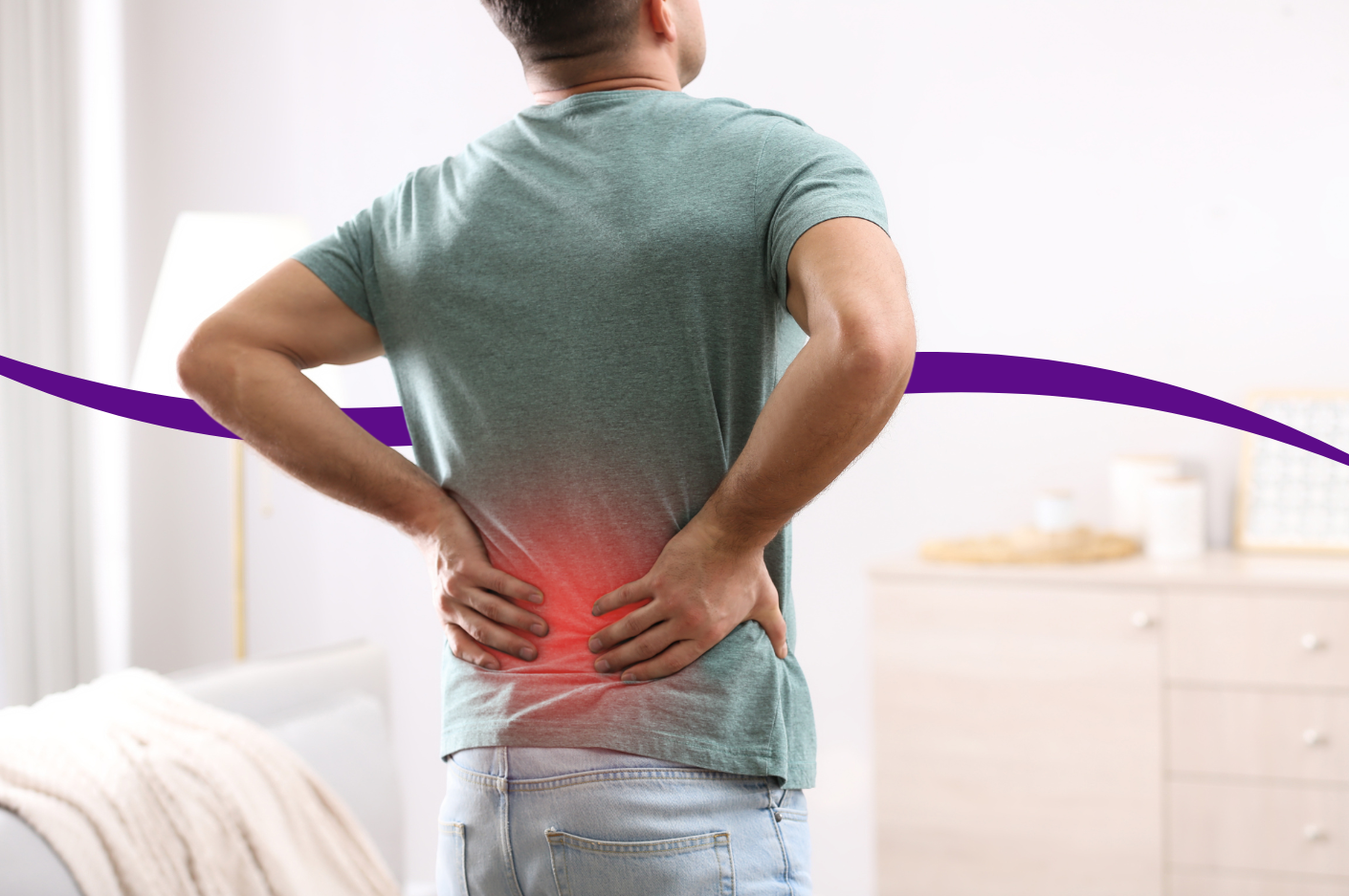
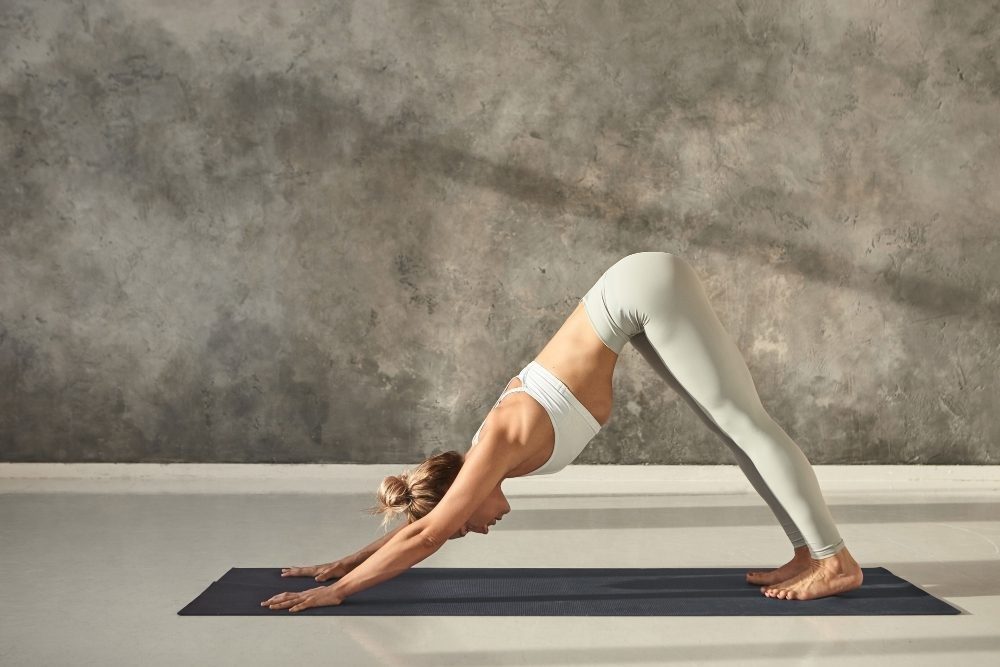
The lower leg lies between your knee and ankle and bears the weight of your entire body. It's a complex part of the body that's made up of two bones, the tibia and the fibula as well as many muscles, joints and ligaments. So, it goes without saying, that there is potential for many different parts to get damaged or injured.
However, calf injuries are one of the most common causes of lower leg pain. The calf consists of two main muscles — the gastrocnemius and the soleus. And, when these muscles are injured, debilitating pain can be felt. An injury of this area usually comes in the form of a strain or muscle tear.
Strains are similar to muscle tears and can be defined as an injury to the calf muscle or tendon. They usually involve a stretched or torn muscle or tendon. Whereas, a muscle tear isn't a stretch muscle, and is only defined as when the muscle itself has a tear in it.
A torn calf muscle is usually a painful injury that's felt behind the shin bone. This type of ailment is common in athletes as it's often caused by an overstretched calf. This can happen through quick movements like pivots, jumps and/or abrupt stops. Stretched calf muscles or tendons happen similarly, but should typically repair quicker than a muscle tear. Regardless of whether it's the muscle or tendon that's injured, a tear is almost always more serious than a stretch.
The recovery time of a calf muscle or tendon strain or tear will depend on how serious the injury is. Some people can be back on their feet a week after a strain. However, some severe tears may require surgery and months off the affected leg.
Depending on the severity of your injury, a physician can suggest a variety of treatments for it. In the recovery period, there should be no weight bearing on the injured leg. However, once the muscle or tendon has been repaired, you may be recommended to undertake some rehabilitation calf stretches and exercises.
People with a pulled or strained calf muscle or tendon may experience some, or all, of the following symptoms:
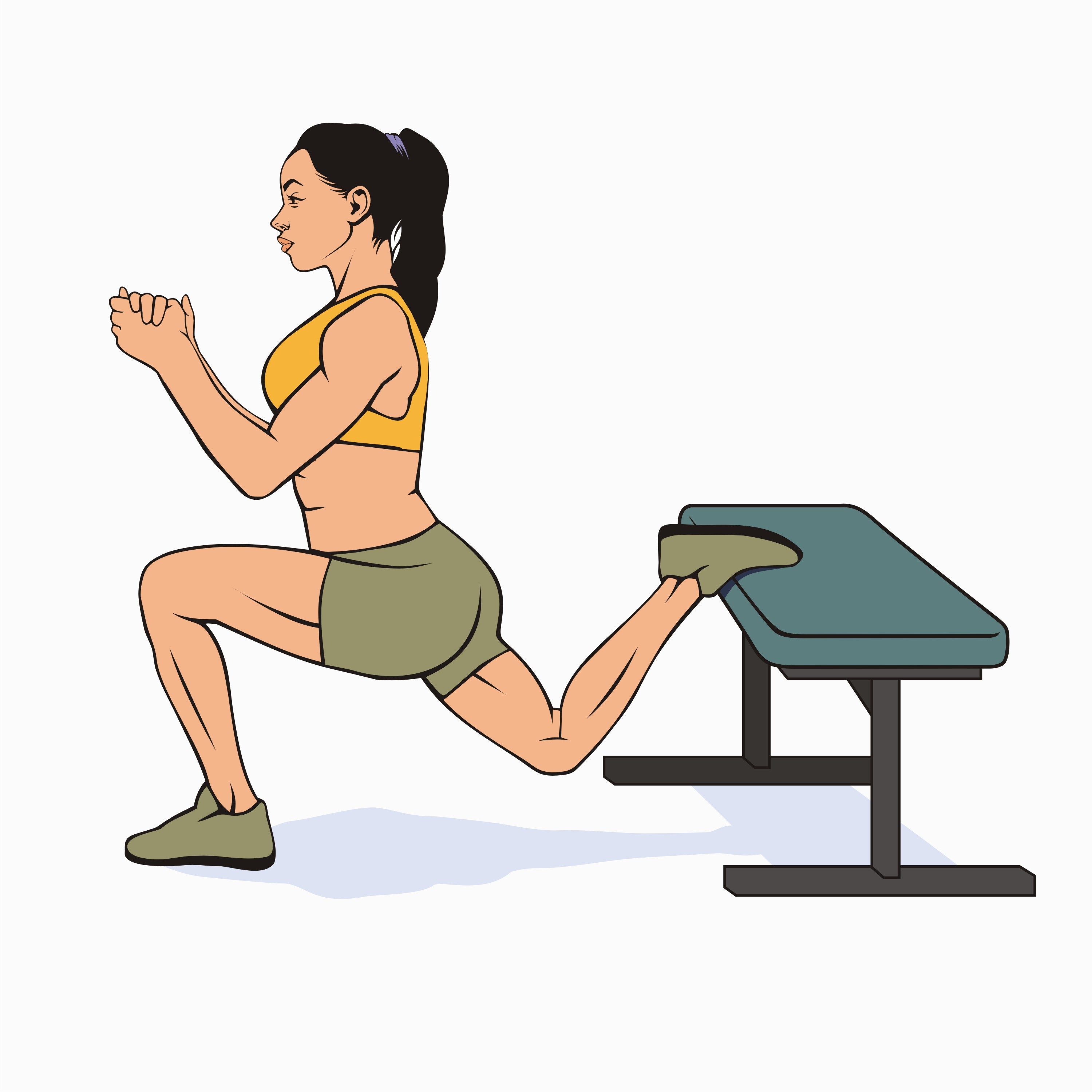
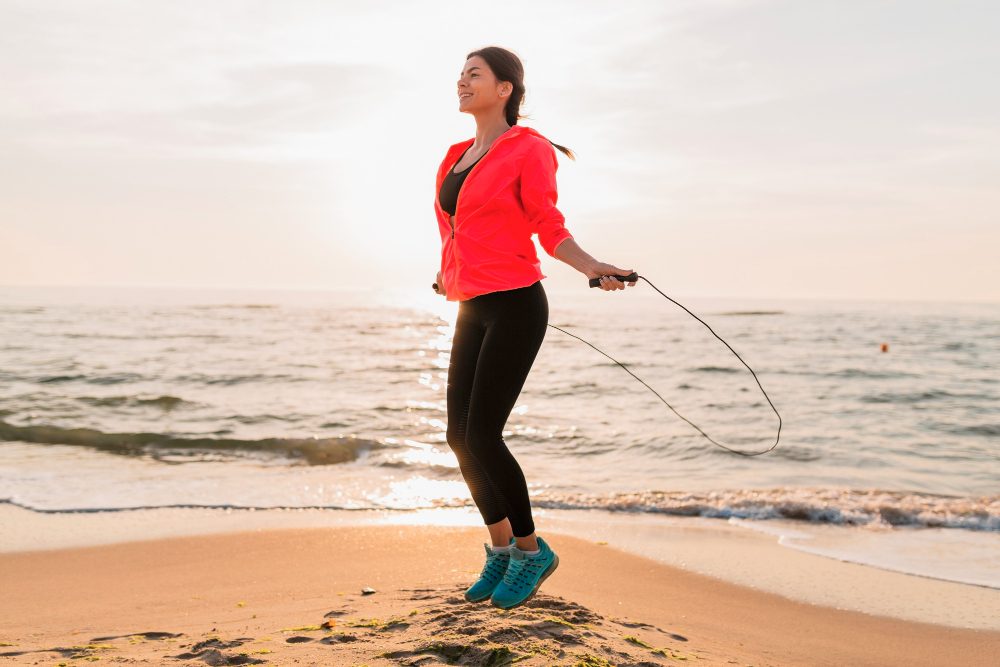
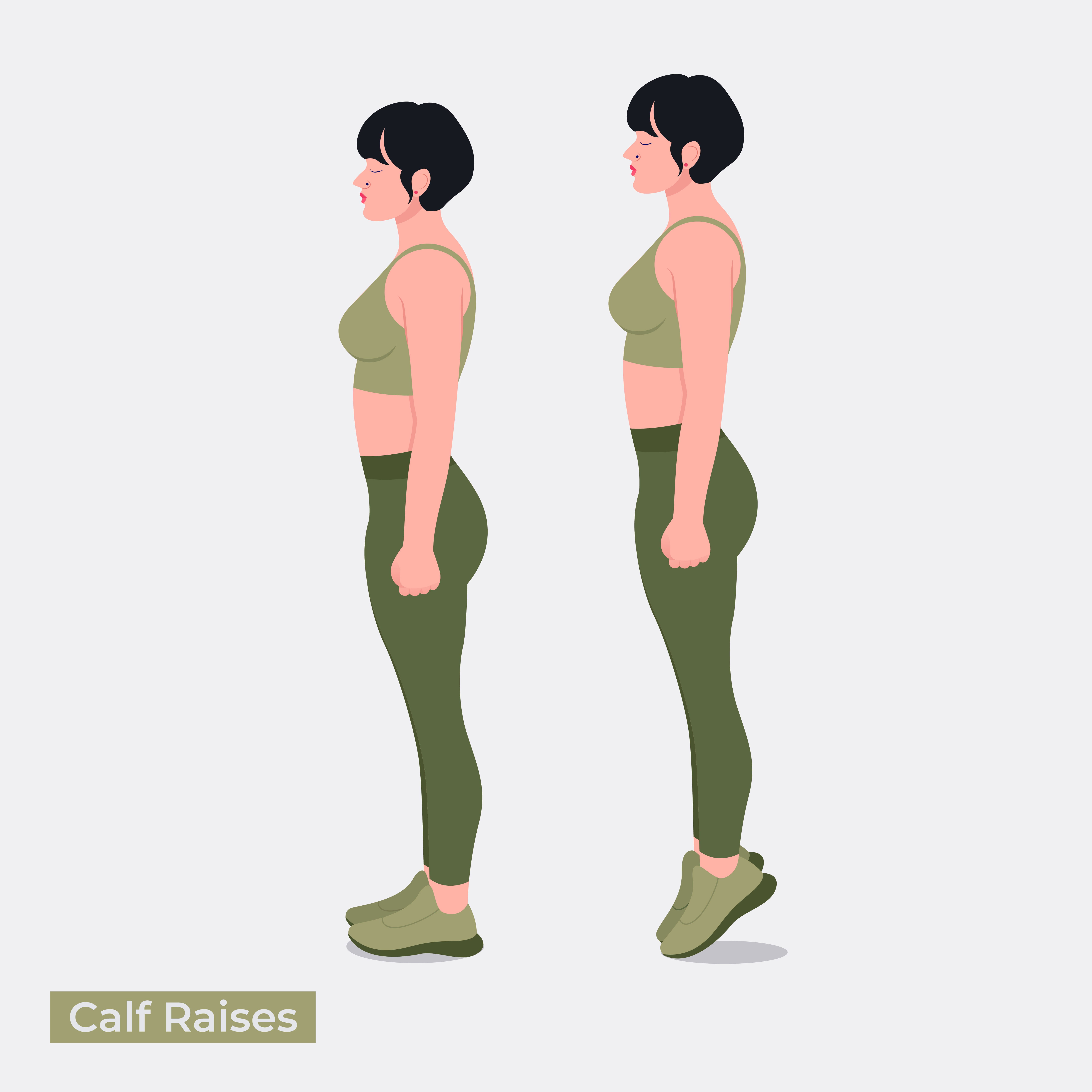

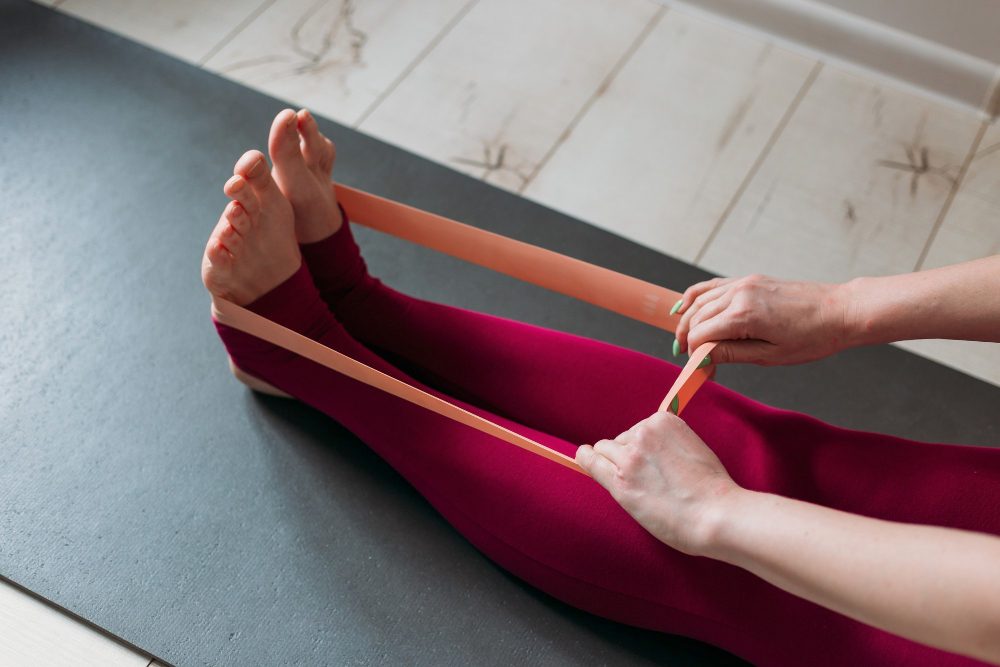
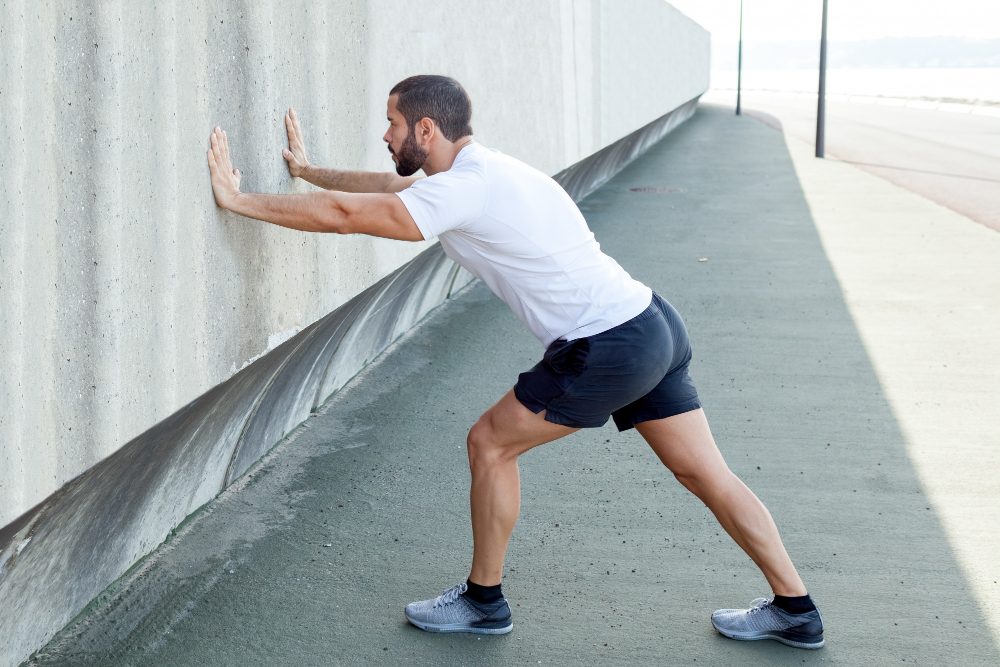
Aerobic exercise can be useful for rehabilitating ailments within the lower leg. However, they can also be detrimental if they are done at the wrong time. Many conditions will require a R.I.C.E. treatment (rest, ice, compression and elevation), and bearing weight at the time can make the injury much worse. So, it's very important to check with a podiatrist or medical professional before attempting any rehabilitation exercises.
Even though glutes aren't located in the lower leg, they can cause problems for the calf muscles if they are weak. Your glutes help to propel you forward, and if they aren't strong enough to do so, then your calf muscles will have to work harder, which can cause excess stress, leading to pulled calf muscles and calf strains. To target and build the glute muscles specifically, you can do 'Bulgarian split squats', as detailed above.
Again, the sciatica nerve isn't solely located in the lower legs - however, it can be linked to issues with the calves. The sciatica nerve runs from your lower back and branches through your hip and bottom, down through your legs. Sciatica is an ailment that describes when this nerve is irritated and pain is felt as a result. While sciatica is normally felt in the back, it can also be felt in the lower leg and calves - so the pain you're feeling may not actually be a pulled calf muscle, but instead, sciatica. Sciatica can be debilitating and requires specific treatment, so, it's important to get checked out by a doctor if you suspect this ailment. You can find out more about sciatica here.
Building your calf muscles will allow them to handle a higher amount of stress, and makes them more resilient. To target and build the glute muscles specifically, you can do the calf raise exercise and skipping with a rope, as detailed above.
Even if you don't already have a calf injury if you suspect that you're at high risk for one your can help prevent it from happening by strapping your calves with Kinesio tape. Tape can help support the calves so that they're not twisted in a way where the muscle or tendons can be damaged. Plus, some studies have shown the medical benefits of using Kinesio tape.
Podiatrists are doctors that specialise in the lower leg and feet - so they are able to determine where your lower leg pain is coming from, and whether you have a calf strain or tear. They will conduct a physical exam and may order some further tests to properly diagnose your condition. Once your condition is determined, a podiatrist can advise you on the best way to repair and rehabilitate it.
The lower leg is made up of many different tendons, ligaments, muscles and bones - so there is a variety of problems that can occur in this region. Most of these conditions will escalate over time and are much easier to fix and rehabilitate when they're picked up early. So, it's very important to visit a medical professional for a check-up if you feel any pain or discomfort in this area.
Book your appointment with our podiatry team online here or call us on (07) 3356 3579.
| Monday | 7:40am - 6:00pm |
| Tuesday | 7:40am - 6:00pm |
| Wednesday | 7:40am - 6:00pm |
| Thursday |
7:40am - 6:00pm |
| Friday | TEMP CLOSED |
| Saturday | CLOSED |
| Sunday | CLOSED |
Ground Floor, 344 Queen Street,
Brisbane City QLD 4000
| Monday | 7:40am - 6:00pm |
| Tuesday | 7:40am - 6:00pm |
| Wednesday | 7:40am - 6:00pm |
| Thursday |
7:40am - 6:30pm |
| Friday | 7:40am - 5:00pm |
| Saturday | 7:40am - 4:30pm |
| Sunday | CLOSED |
Newmarket Village, 114/400 Newmarket Rd, Newmarket QLD 4051